What is the Neurosequential Model of Therapeutics?
The Neurosequential Model is a developmentally-informed, biologically-respectful approach to working with at-risk children (and sometimes with adults).
The model (also known as NMT) is not a specific therapeutic technique; instead, it is a way to map out a child’s history and chart how they are functioning based on their age. Therapists use the Neurosequential Model to create a brain map for children who have experienced chronic or complex trauma. The map identifies specific areas of the brain that have not been adequately nurtured or may have been wounded.
The goals of this map are to help structure an assessment of the child, identify their primary problems, and note the application of interventions in a way that helps families, educators, therapists, and related professionals to best meet the needs of that child.
How Does NMT Work?
Because most of the brain’s core neural networks and primary associations develop at such a young age, early developmental trauma and neglect have a disproportionate influence on the brain’s organization and functioning abilities. In addition to early childhood trauma, drug exposure or maternal stress in the womb can also alters a baby’s brain chemistry and brain structure.
The NMT approach starts with a core assessment, which includes a review of the child’s relational history, and their current functions. Specific recommendations for a unique sequence of developmentally appropriate interventions are mapped out to help the child get back on a more normal brain development tract.
Using NMT to Assess Brain Function
The Neurosequential Model helps therapists and families to understand four aspects of brain function:
Sensory Integration
The ability to sort information that enters the brain. If there are problems here, the child may have trouble regulating emotions, interacting with others, and developing academic skills.
Self-Regulation
The ability to manage sensory integration and respond appropriately. If there is a problem in this area the child may have difficulty controlling urges, may overreact to things, and have problems getting along with others.
Relational Ability
The capacity to relate, play, and talk with others. If there is a problem in this area, the child may find it difficult to get along, navigate social interactions, and show empathy for others.
Cognitive Skills
The skills that allow you to reason and solve problems. If this is a problem point, the child may have trouble in school, in learning new things, and in understanding basic abstract concepts.
What Can the Neurosequential Model of Therapeutics be Used to Treat?
The Neurosequential Model of therapeutics be used to treat children with specific areas of the brain that may be underdeveloped or wounded due to their early life experiences. NMT provides psychoeducation for children and their families to allow a more thorough understanding and sensitive approach to behavioral difficulties. Using the NMT model with children and teens can allow for a more targeted and appropriate treatment and can provide concrete interventions to help develop new and more helpful neural pathways.
Who Would Benefit From NMT?
There are a variety of children who would benefit from the use of an NMT model, including:
- Children and teens who have experienced extreme or chronic trauma.
- Young adults who experienced early life trauma or pervasive stress.
- Foster or adopted children and teens, particularly those with behavioral difficulties such as self-harm, suicidal ideation, physical and verbal aggression, and difficulty in school.
NMT is also being used more in the treatment of adults and can benefit:
- People in need of or receiving specialty mental health services.
- Criminal justice‐involved clients learning how to reenter the community.
- Those who have been resistant to traditional therapy because of unresolved childhood traumas.
